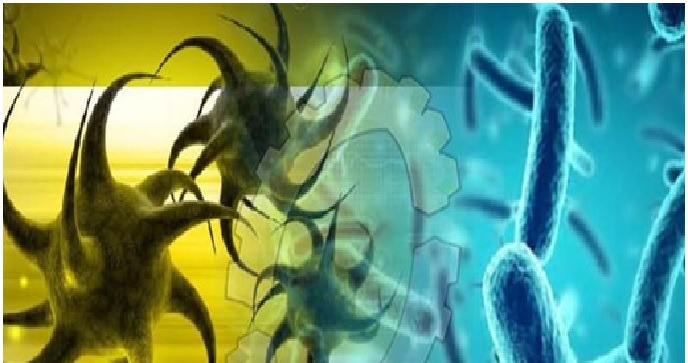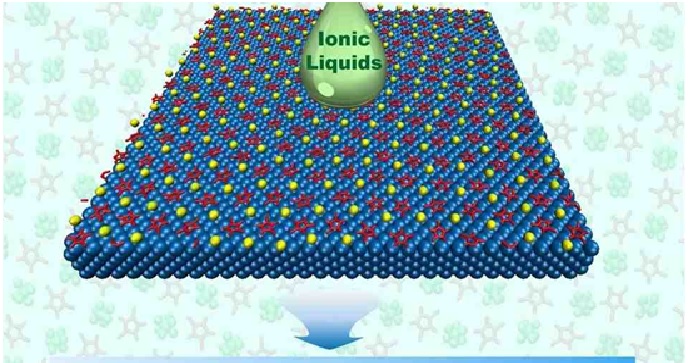A New Antibiotic Can Kill Even Drug-Resistant Bacteria
A brand-new antibiotic that was developed at the Rockefeller University using computational models of bacterial gene products appears to kill even bacteria that are resistant to other antibiotics. According to a study published in the journal Science, the drug, known as cilagicin, is effective in mice and employs a novel mechanism to combat MRSA, C. diff, and numerous other dangerous infections.
The findings imply that computer models may be used to develop a new class of antibiotics. “This isn’t just a cool new molecule, it’s a validation of a novel approach to drug discovery,” says Rockefeller’s Sean F. Brady. “This study is an example of computational biology, genetic sequencing, and synthetic chemistry coming together to unlock the secrets of bacterial evolution.” [1]

Figure 1. A New Antibiotic Can Kill Even Drug-Resistant Bacteria
Figure 1 shows bacteria have spent billions of years evolving unique ways to kill one another, so it’s perhaps unsurprising that many of our most powerful antibiotics are derived from bacteria themselves. With the exceptions of penicillin and a few other notables derived from fungi, most antibiotics were first weaponized by bacteria to fight off fellow bacteria.
“Eons of evolution have given bacteria unique ways of engaging in warfare and killing other bacteria without their foes developing resistance,” says Brady, the Evnin Professor and head of the Laboratory of Genetically Encoded Small Molecules. [2]
Bacteria killing each other
Since the evolution of bacteria consists of their invention of new methods to kill one another, it’s not surprising that most antibiotics are based on bacteria. However, bacteria's gaining resistance also leads to the emergence of such a problem as antibiotic-resistant bacteria, which gave rise to the need for new active compounds.
However, countless antibiotics are probably hidden inside the genomes of stubborn bacteria that are difficult or impossible to examine in a lab. “Many antibiotics come from bacteria, but most bacteria can’t be grown in the lab,” Brady says. “It follows that we’re probably missing out on most antibiotics.” [3]
A new pool of antibiotics
Frustrated with their inability to unlock many bacterial gene clusters, Brady and colleagues turned to algorithms. By teasing apart the genetic instructions within a DNA sequence, modern algorithms can predict the structure of the antibiotic like compounds that a bacterium with these sequences would produce. Organic chemists can then take that data and synthesize the predicted structure in the lab. [4]
References:
- https://scitechdaily.com/a-new-antibiotic-can-kill-even-drug-resistant-bacteria/
- https://www.rockefeller.edu/news/32306-a-synthetic-antibiotic-may-help-turn-the-tide-against-drug-resistant-pathogens/
- https://interestingengineering.com/a-novel-synthetic-antibiotic-can-kill-even-drug-resistant-bacteria
- https://www.sciencedaily.com/releases/2022/05/220526141531.htm
Cite this article:
Thanusri swetha J (2022), Scientists have created Worms that can Kill Cancer Cells, AnaTechMaz, pp.250















